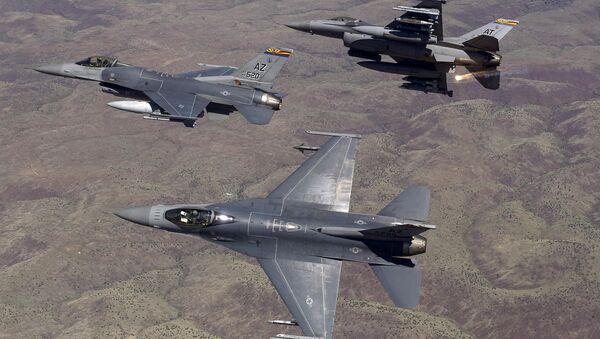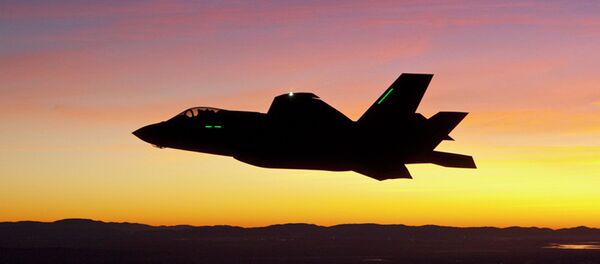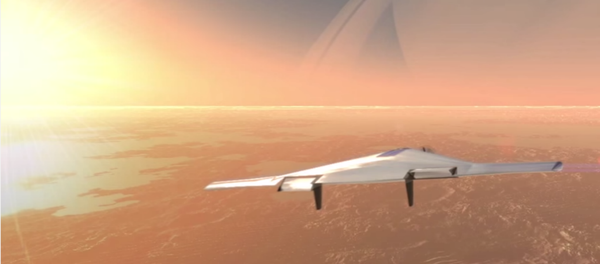Last September, the US Navy spent $40 million installing a 30-kilowatt Laser Weapons System (LaWS) onboard the USS Ponce. The first of its kind, the laser has yet to be used in a true combat situation, but it has been test-fired on practice drones.
"Frying sensors, burning out motors, and ultimately detonating anything explosive that the target might be carrying. By focusing on vital points, Ponce sailors have reduced the time to shoot down a drone to “less than two," Chief of Naval Research, Rear Adm. Matthew Klunder, told Breaking Defense.
So the technology exists, but it still has some major limitations. For one thing, it takes a lot of energy to create a laser beam capable of producing damage. Installing machines capable of producing that energy – not to mention focusing the beam – is easier to install on a large ship.
Then there’s the maneuverability of fighter jets. The same type of G-forces that can be so hard on human beings can also cause damage to complex machines.
"Air applications actually can be the most challenging," David Hardy of the Air Force Research Lab told Breaking Defense. "On a ship, I’m probably going to have more SWAP [Size Weight and Power] than I’m going to have on an aircraft." Plus, "aircraft tend to shake more than a ship does: a ship rolls but it doesn’t vibrate as much."
But these are problems the Air Force hopes to overcome within the coming years. By 2022, the Pentagon plans to install 100-plus-kilowatt laser weapons into external pods onboard fighter jets.
"A laser is basically a heating device," Hardy said. "It heats up something. It melts holes in it. That’s what we do."
A major step toward that goal has already been accomplished thanks to DARPA, the Pentagon’s Defense Advanced Research Projects Agency responsible for some of the most mind-blowing experiments in the US military. Known as the High Energy Liquid Laser Area Defense System (HELLADS), the project has created “a 150 kilowatt laser weapon system that is ten times smaller and lighter than current lasers of similar power,” according to DARPA’s website.
While HELLADs lasers have never been attached to aircraft, they’re small enough that they could be.
It may be hard to imagine that a laser could actually be as effective as the movies make them seem. Sure, lasers took down TIE fighters over the Death Star, but you can also buy a laser pointer from any Exxon station, and they’re only utility is in confusing your cat.
But 150 kW is a different story.
"A 150-200 kW laser could be capable against surface-to-air and air-to-air missiles," said Mark Gunzinger, lead author of a study for the Center for Strategic and Budgetary Assessments. That kind of intensity could also “quite probably” be used against manned aircraft, "especially at altitude where the air is thinner."
The firepower of a laser weapons system is also only limited by the amount of fuel a plane can carry, making ammunition virtually unlimited.
"…As long as you have jet fuel that can be converted into electricity to feed the laser, I can keep firing the weapon," Hardy said. Some estimates suggest that one laser shot would cost one liter of fuel, making it significantly cheaper than an air-to-air missile.
Some military officials are even looking further into the future. While compact laser weapons systems offer unique capabilities, the beams focus can be interrupted by atmospheric conditions.
"You can just imagine the kinds of advantages there are when you free yourself from the atmosphere," Lt. Gen. Dave Deptula told Breaking Defense. "There are some enormous opportunities here to use lasers in space or from space."
"We don’t want to weaponized space," he added, "but guess what: it’s gonna happen – so we need to be prepared to operate in space and from space."





